You need a compost sieve if you make compost.
There’s a secret garden tool that is probably missing from your arsenal. I’ll give you a not very helpful hint – it’s not your typical shovel or spade. Imagine a device that can transform your compost pile from a clumpy, uneven mess into a gardener’s goldmine. This secret weapon? The compost sifter. Or compost sieve, to some.
Some people don’t know this option even exists! But if you took time to turn your kitchen scraps into compost, you want a better-looking final product. The compost sifter is the tool for that job.
By the end of this article, you will know:
- What a compost sieve is
- The types available (automatic vs. manual sifters)
- How a compost sifter benefits your lawn or garden
- Practical uses for sifted compost
- Tips for easier use.
Keep reading as we sift through all the details.
What Is a Compost Sifter?
A compost sifter is a remarkably simple but ingenious device. It refines the quality of compost, an essential element in the art and science of gardening.
A basic compost sifting tool is a framed screen or mesh that separates finer compost particles from larger, unfinished chunks. This screening process results in a uniform, fine-textured compost that is more efficient and effective for garden use. The simplicity of its design belies its transformative effect on compost quality.
| Image | Product | Features | Price |
1 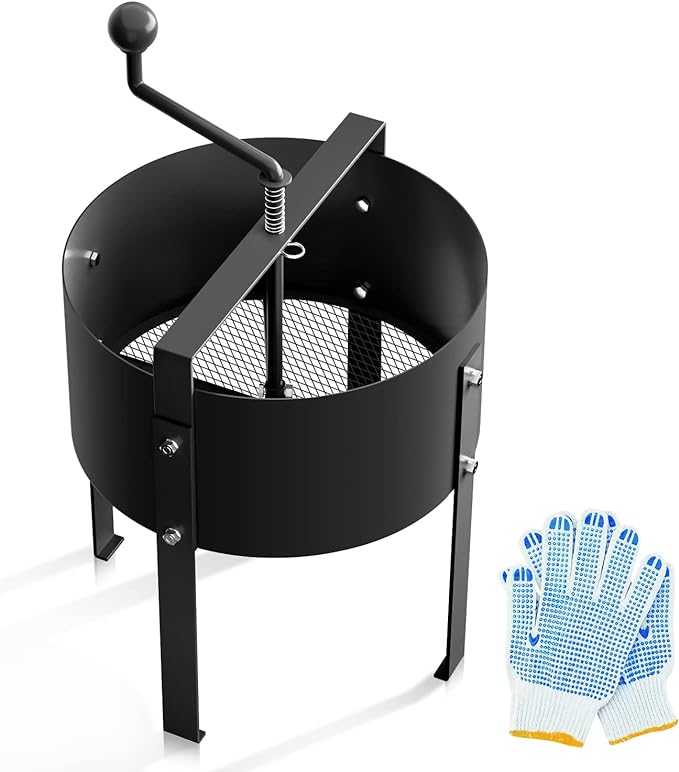 | Pdootiva Rotary Soil Sifter Compost Sieve Garden Potting Sifting Mesh Rock Sand Dirt Sieve | Rotary , 13″ Sifting Filter with 1/5 Inch Mesh Sifting Name | |
2 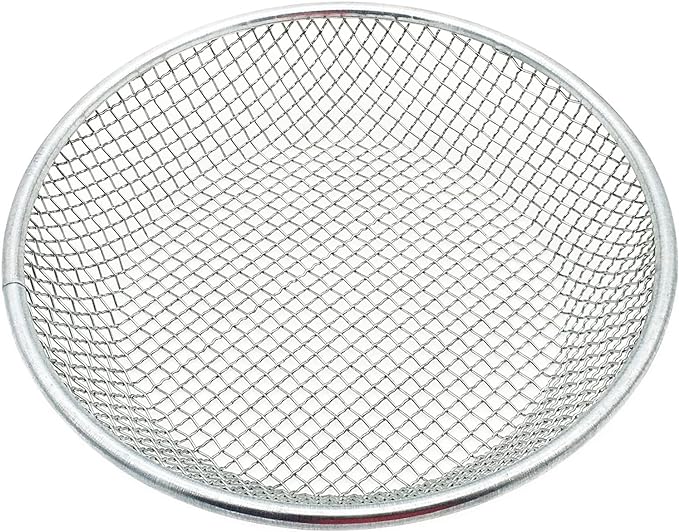 | Gardening Sand Soil Compost Sifter | Perfect for sifting over a five gallon bucket | |
3 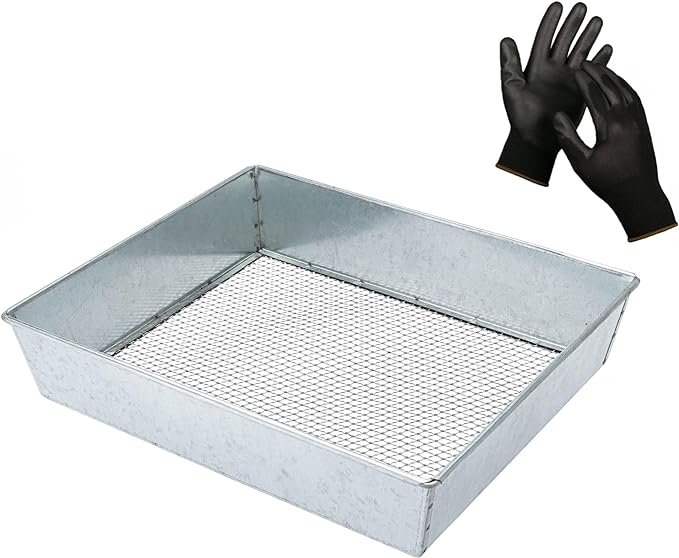 | Wenses Metal Soil Sifter, 11 x 9 Inch, Galvanized Steel | 1/4″ Wire Mesh, Includes Work Gloves Features. Best for sifting over a wheelbarrow |
Should You Buy a Manual or Automatic Compost Sifter?
There are two main types of compost sifters: manual and automatic. Manual compost sifters, the more traditional form, require physical effort. They can range from simple hand-held screens to larger, box-like structures atop a wheelbarrow. The process involves shoveling compost onto the sifter and manually shaking or rolling it to filter it through the mesh.
On the other hand, automatic compost sifters are a more modern innovation. Even so, they’re not high-tech – they have a hand-crank mechanism. These devices can process larger volumes of compost more quickly and with less physical effort. They are particularly beneficial for gardeners dealing with substantial amounts of compost or those with physical limitations.
Regardless of the type, the goal remains the same. You will produce a more consistent, finer product for your garden beds and lawns.
Understanding these two purchase options helps you decide which sifter best suits their needs and gardening style.
Benefits of Using a Compost Sifter
Using a compost sifter in gardening transforms the quality of your compost. Subsequently, you better the health of your garden. Let’s explore the key advantages of incorporating this tool into your gardening routine.
- Improved Soil Texture and Aeration: One of the primary benefits of using a compost sifter is the production of finer compost. This fine compost blends seamlessly into the soil, enhancing its texture and structure. Better soil texture promotes aeration, which is crucial for root growth and water retention, leading to healthier plant development.
- Enhanced Compost Quality: Sifting compost removes larger, uncomposted materials such as twigs, stones, and clumps, harming plant growth. This results in a more uniform and nutrient-rich compost. The uniformity of sifted compost ensures that nutrients are evenly distributed throughout your garden beds, providing consistent plant nourishment.
- Speeds Up the Composting Process: Sifting can accelerate the decomposition process. By removing larger, uncomposted items, the remaining compost has a more uniform particle size, decomposing more quickly. Additionally, sifting introduces more air into the compost, which is a key factor in speeding up the composting process.
- Weed Seed and Pathogen Reduction: Sifting compost can help in reducing the presence of weed seeds and pathogens. The fine mesh of a compost sifter can filter out these undesirable elements, leading to a healthier garden with fewer weed and disease issues.
The benefits of a compost sifter go far beyond improving the compost quality. They have a direct impact on the overall health and productivity of your garden.
Practical Compost Applications in the Garden:
Having sifted compost at your disposal opens up a world of possibilities for its application in the garden. Let’s explore how this refined compost can be put to best use:
- Seed Starting and Potting Mixes: Sifted compost is ideal for creating homemade seed starters and potting mixes. The fine texture of sifted compost ensures gentle contact with delicate seeds and roots, providing a nutrient-rich environment for germination and growth. It also helps maintain moisture balance, which is crucial in the early stages of plant development.
- Top-Dressing Lawns and Garden Beds: Sifted compost is perfect for top-dressing lawns and garden beds. Its fine particles integrate easily with the soil, providing nutrients to existing plants. This practice improves soil quality and encourages denser, healthier growth in lawns and garden beds.
- Creating Custom Soil Blends: Sifted compost is a valuable ingredient for gardeners looking to tailor their soil to specific plant needs. Mixing sifted compost with other soil amendments allows you to create custom blends for various plants, whether they require more acidic soil, better drainage, or higher nutrient levels. This level of customization is particularly beneficial for gardens with diverse plant types, each with unique soil requirements.
The versatility of sifted compost in these applications underscores its value in a well-maintained garden. Experienced gardeners can leverage this refined compost to:
- Enhance plant health
- Improve soil structure
- Elevate the overall quality of their garden.
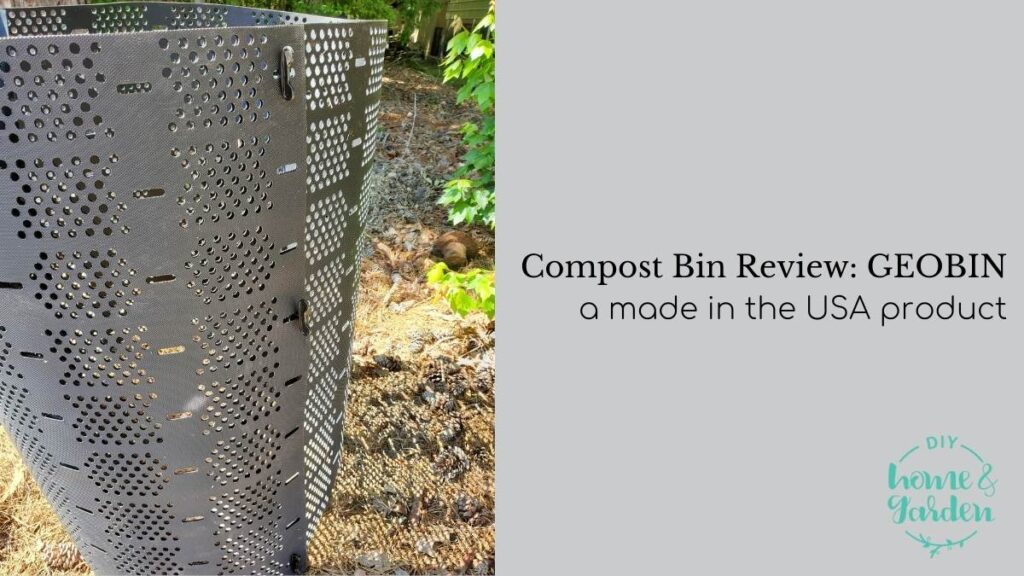
Compost Sifter Usage Tips
It’s essential to use and maintain your sifting tool properly. Here are some expert tips and best practices for gardeners:
- Optimal Sifting Time: The best time to sift compost is when it’s dry. Dry compost is easier to work with and less likely to clog the sifter mesh. If you live in a wet climate, consider covering your compost pile to control moisture levels.
- Regular Maintenance: Regularly check your compost sifter for any damage, especially if it’s a manual type. Wooden frames can rot or warp, and metal screens can rust or tear. Proper maintenance extends the life of your sifter and ensures it continues to produce fine-quality compost.
- Correct Mesh Size: The mesh size on your compost sifter will determine the texture of the finished compost. A smaller mesh size will produce finer compost but will take more effort and time. Choose a mesh size that balances your desired compost texture with the amount of effort you’re willing to put in.
- Ergonomic Practices: Use ergonomic methods to prevent strain or injury for manual shifters. If you find the process physically demanding, consider an automatic or a larger, more stable manual sifter that can rest on a wheelbarrow.
- Storing Your Compost Sifter: Store your compost sifter in a dry, sheltered place to prevent weather damage. If you have a large sifter, consider a cover to protect it when it’s not in use.
By following these tips, experienced gardeners can ensure their compost sifter remains a valuable and effective tool in their gardening toolkit.
Environmental Benefits
Using a compost sifter, while primarily beneficial for garden health, also carries significant environmental advantages. These benefits align with the increasing global emphasis on sustainable practices and environmental stewardship.
- Reduction of Waste: Compost sifters are crucial in reducing landfill waste by efficiently transforming organic waste into valuable compost. This process minimizes the environmental impact of waste disposal and turns potential waste into a resource for garden enrichment.
- Promotion of Organic Gardening: Sifted compost is an excellent alternative to synthetic fertilizers, which can have harmful environmental impacts. By using sifted compost, gardeners contribute to a more organic and eco-friendly approach to gardening, reducing chemical runoff and preserving natural soil ecosystems.
- Conservation of Natural Resources: Compost improves soil health and structure, reducing the need for excessive watering and chemical treatments. This conservation of water and reduction in chemical usage is vital for sustainable resource management.
- Carbon Sequestration: Composting organic waste helps in carbon sequestration, reducing greenhouse gas emissions. Composting and using compost in the garden helps capture carbon within the soil, contributing to cleaner air.
- Supporting Biodiversity: Healthy, compost-rich soil supports various microorganisms, insects, and other wildlife. By improving soil health through composting, gardeners play a role in maintaining and enhancing biodiversity in their gardens.
The environmental benefits of using a compost sifter are clear and impactful. Not only does this simple tool aid in creating a more beautiful and productive garden, but it also contributes significantly to environmental health and sustainability.
Cost-Effectiveness and DIY Solutions:
Adopting a compost sifter in your gardening routine can be cost-effective and a potential DIY project. Let’s explore the economic advantages and how to create your compost sifter.
- Cost-Effectiveness of Compost Sifters: Commercial compost sifters vary in price, but even high-end models can be a wise investment in the long run. By producing high-quality compost at home, gardeners can reduce or eliminate the need to purchase commercial soil amendments and fertilizers. The longevity and durability of these tools also make them a one-time investment for many gardeners.
- DIY Compost Sifter Options: For those who enjoy DIY projects or are looking for a more budget-friendly option, building a compost sifter can be simple and rewarding. Here are a few ideas:
- Basic Frame Sifter: Construct a simple square or rectangular frame using wood or PVC pipes. Then, attach a mesh screen (available at hardware stores) to the frame. This basic sifter can be used manually or placed over a wheelbarrow to collect sifted compost.
- Drum Sifter: A drum sifter can be effective for larger quantities of compost. That set-up involves a large cylindrical drum (like an old barrel) with a mesh screen attached. Then, you can mount the drum on a frame and rotate it manually or with a small motor to sift the compost.
- Repurposing Materials: Gardeners can get creative and repurpose old materials like window frames or discarded wooden crates, adding a mesh screen to create a functional compost sifter.
Maintenance Tips for DIY Sifters: If you build your own compost sifter, ensure it is sturdy and the mesh is securely attached. Of course, you’ll have routine maintenance. For instance, you should check for wear and tear before use. You should also protect it from the elements, which will extend its lifespan.
Whether you buy a ready-made compost sifter or build one yourself, the cost savings and the quality of compost produced make it a worthy addition to your gardening toolkit.
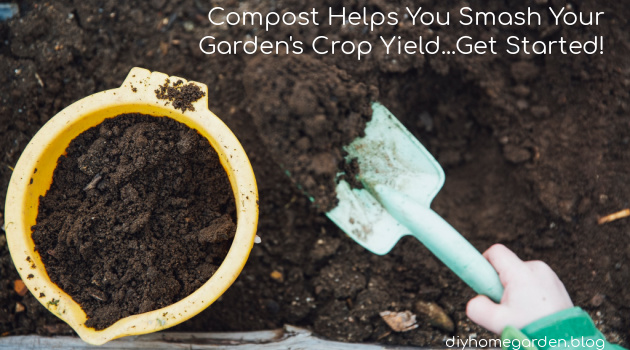
The Takeaway: A Compost Sifter Is a Gardening Game Changer
Investing in a compost sifter is a game-changer if you compost your kitchen waste. It will refine compost quality and advantages for the soil, plants, and the environment. It might not be necessary, but it offers several benefits, the least of which is the good looks of your gardens.

